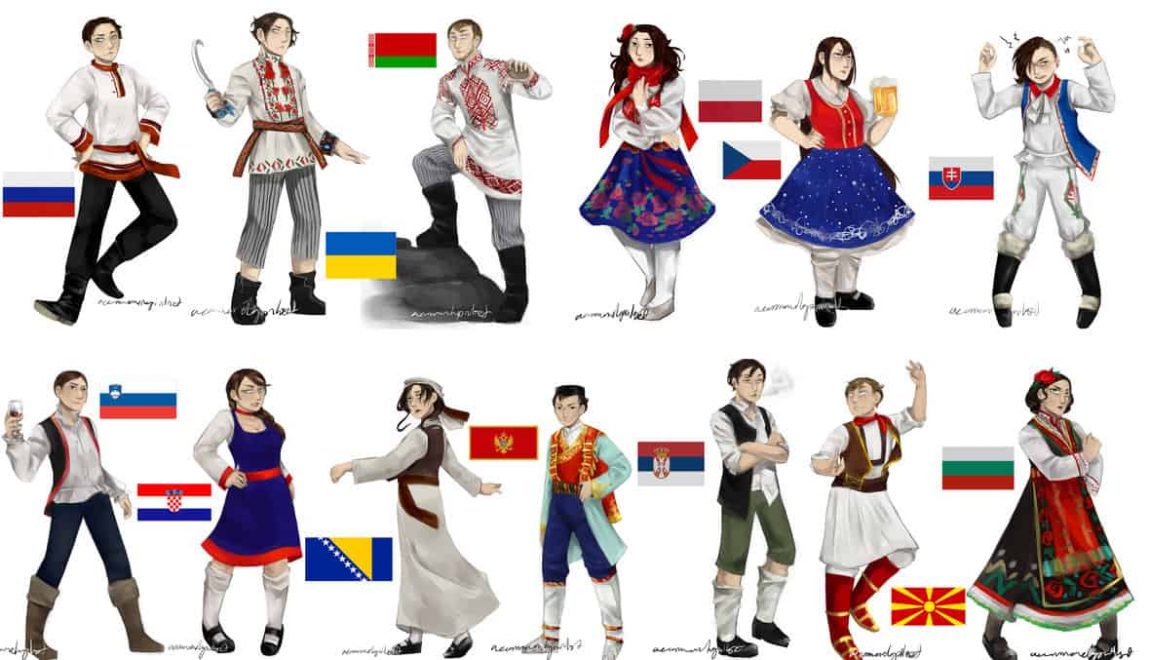The Slavic people, a prominent Indo-European ethno-linguistic group, are dispersed across a vast region that encompasses parts of Central Europe, Eastern Europe, Southeast Europe, North Asia, and Central Asia. This widespread presence highlights the expansive influence and reach of the Slavic cultures and languages.
Key Regions of Slavic Settlement
- Central Europe
- Eastern Europe
- Southeast Europe
- North Asia
- Central Asia
Linguistic Unity and Diversity Among Slavs
The Slavs are united by their use of the Slavic languages, a significant branch of the Indo-European language family. These languages exhibit a rich tapestry of dialects and variations, reflecting the diverse cultural landscapes where they are spoken.
Major Slavic Languages
- Russian
- Polish
- Czech
- Bulgarian
- Serbian
Cultural Traits and Historical Background
Slavic cultures, while sharing some common traits, display a remarkable diversity owing to their different historical and geographic contexts. From shared folklore and traditional customs to varying religious practices, the Slavic world offers a unique blend of cultural richness.
Common Cultural Aspects
- Folklore and mythology
- Traditional music and dance
- Architectural styles
- Religious practices
The Historical Journey of the Slavs
The history of the Slavs dates back to the early 6th century when they began expanding across Central and Eastern Europe and the Balkans. This period marked the beginning of a significant cultural and linguistic influence in these regions.
Key Historical Milestones
- 6th Century: Initial expansion into Europe
- Medieval Period: Formation of Slavic states
- Modern Era: Contribution to European arts, science, and politics
The Impact of Slavic Culture on Global Civilization
The influence of Slavic culture extends far beyond its geographic borders. The Slavs have made significant contributions in various fields such as literature, music, science, and politics, shaping aspects of global culture.
Areas of Global Influence
- Literature: Contributions by notable Slavic authors
- Music: Influence on classical and folk music
- Science: Pioneering scientific discoveries
- Politics: Impact on European and global politics
Conclusion
The Slavic ethno-linguistic group, with its diverse cultures, languages, and historical legacies, plays a pivotal role in the cultural and linguistic landscape of Europe and Asia. Their rich history and widespread influence continue to be a subject of fascination and study in the global context.





